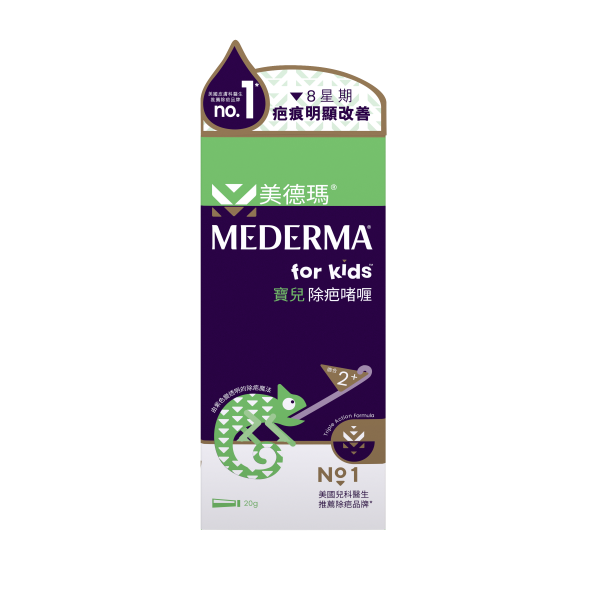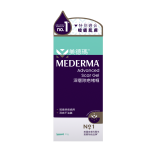What causes a scar?
When your skin is injured, whether it is the result of a cut, surgery, burn or acne, a scar is often formed as a natural consequence of the skin healing process. Scars form due to excessive collagen produced at the site of injury[1].
There are a number of different types of scars which occur for different reasons. Factors influencing the type of scars an individual can get, include family history, skin type and genetics[5].
These include:
- Hypertrophic and keloid scars are a common result of cuts or incisions to the skin – whether through surgery or injury[2].
- Atrophic and contracture scars are usually the result of acne and burns respectively[2,3,4].
The best remedy for scars is prevention – so taking good care of your injured skin is the best way to prevent scars from becoming too visible. A fine scar resulting from a well healed wound is likely to fade away by itself whereas a wide scar resulting from a wound that has not healed properly will take more time to fade. Keeping your wound clean, moist and protected from the sun will minimise scar formation. It’s also a good idea to maintain a well-balanced diet and avoid smoking[6].
What if I have older scars?
The longer you wait before caring for your scar, the more time and effort you’ll need to help heal it[9].
Hypertrophic scars (thickened, wide, often raised) usually appear several weeks after wounding and may fade on their own to some extent.
Keloid scars (smooth, hard and outside the boundaries of the wound) appear later on and might grow indefinitely[7]. These two types of scars are the results of an abnormal response during healing[8]. Contracture scars also develop over time especially when the injury, typically a burn, occurred on or close to a joint[4].
The same products can be used for young and old scars but it is likely that the longer you wait before caring for your scar, the more effort and time will be needed in order to obtain visible results[9].
There are a range of invasive solutions available, but these might only be available through a dermatologist or plastic surgeon. But there are also a range of over-the-counter solutions that can help. These include aloe vera, green tea or onion extract such as in Mederma® scar care products.
Caring for an old scar does not differ much from how you look after a new scar. The notable difference will be the duration of care.
The recommended period with any of the Mederma® scar care products can be up to 6 months, or 8 weeks for new scars. During application, don’t hesitate to massage your scar as you would do for a new one. Older scars may feel stiffer, so massaging them can relieve some of the tension and help them restore suppleness[7].



